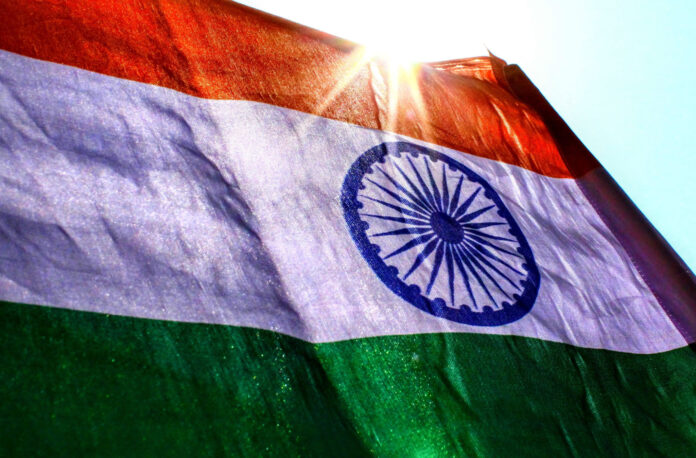Ericsson highlighted that 5G users in India stand out for their high daily engagement with apps, such as streaming HD video, video calling services, mobile gaming and AR
Nearly 31 million users in India could upgrade to 5G phones in 2023, according to a report by Swedish vendor Ericsson.
The report highlighted that 5G users in India stand out for their high daily engagement with apps, such as streaming HD video, video calling services, mobile gaming and augmented reality. On average, they spend two hours more per week using these services compared to users in other early adopter 5G markets such as U.S., United Kingdom, South Korea and China, among others.
Moreover, India boasts a 13% higher share of very satisfied 5G users compared to the early adopter market average. Overall satisfaction increases by a substantial 30% when transitioning from 4G to 5G, with higher download speeds playing a key role in driving this satisfaction, Ericsson said.
Jasmeet Singh Sethi, head of Ericsson Consumer Lab, noted that about 39% of 5G consumers surveyed believed that increased data allowances in their 5G plans would justify premium rate charges from local carriers.
“Interestingly, about 24% of 5G consumers polled express a clear preference for differentiated Quality of service (QoS) over 5G. Rather than settling for generic, best-effort 5G performance, these users are actively seeking elevated and consistent network performance, especially tailored for demanding applications and specific key locations,” Sethi said. “The research shows that one in five smartphone users are willing to pay an average premium of 14% for 5G rich app bundled plans or QoS-led offerings.”
“The findings from our global survey underscore India’s potential to lead the way in 5G adoption and usage. With a substantial portion of the population ready for 5G, the opportunities for innovation and growth in the Indian market are immense. Even as app experience is emerging as a key factor in driving satisfaction with 5G, 5G has elevated the overall network satisfaction in India by an impressive 30% compared to 4G,” said Sethi.
Meanwhile, Nitin Bansal, head of Ericsson India, said that given the rapid 5G adoption in India, the growing data traffic and the launch of FWA offers by service providers, it is possible to expect millimeter-wave spectrum to be the foundation for the next wave of 5G growth the country.
Local carriers Bharti Airtel and Reliance Jio had initially launched 5G in the country in October 2022.
Bharti Airtel recently announced it has reached over 50 million unique 5G customers. The company also announced that its Airtel 5G Plus service is already available across all the 28 states and eight union territories in India.
Airtel is currently using equipment from Ericsson, Nokia and Samsung to provide 5G services. The Indian operator had secured a total of 19,800 megahertz of spectrum in the 900 MHz, 1.8 GHz, 2.1 GHz, 3.3 GHz and 26 GHz bands in a previous auction carried out by the Indian government.
Meanwhile, Reliance Jio Infocomm expects to complete the national rollout of 5G by the end of this year, according to Mukesh Ambani, chairman of Jio’s parent company Reliance Industries.
The executive noted that the carrier already reached 450 million subscribers, of which 50 million have already migrated to 5G.
Reliance Jio Infocomm has already deployed its 5G service in 7,764 cities across 36 states in India, according to the carrier’s website.

